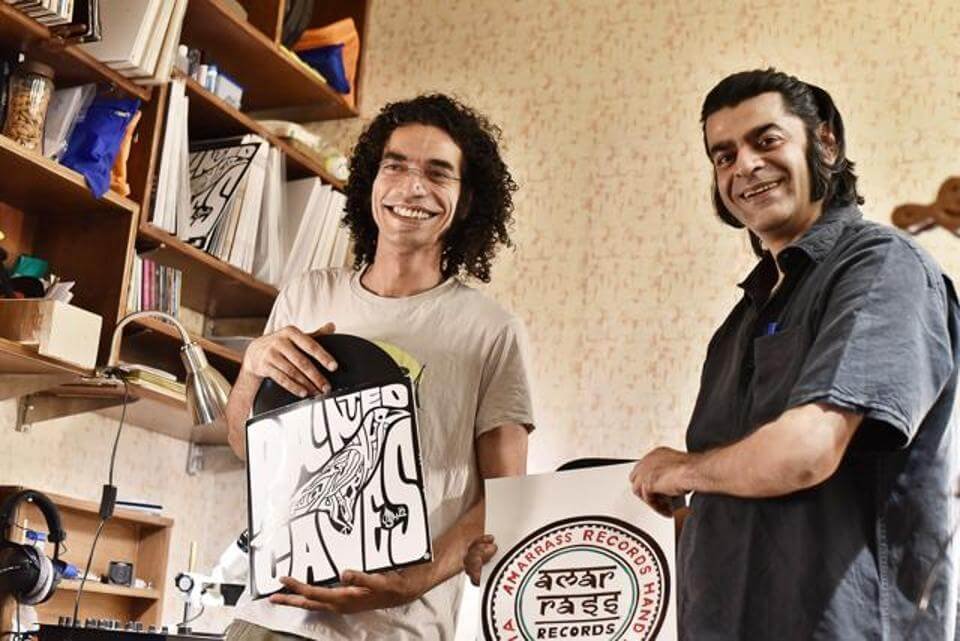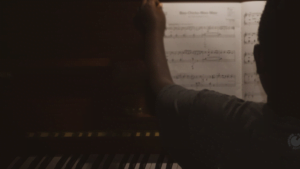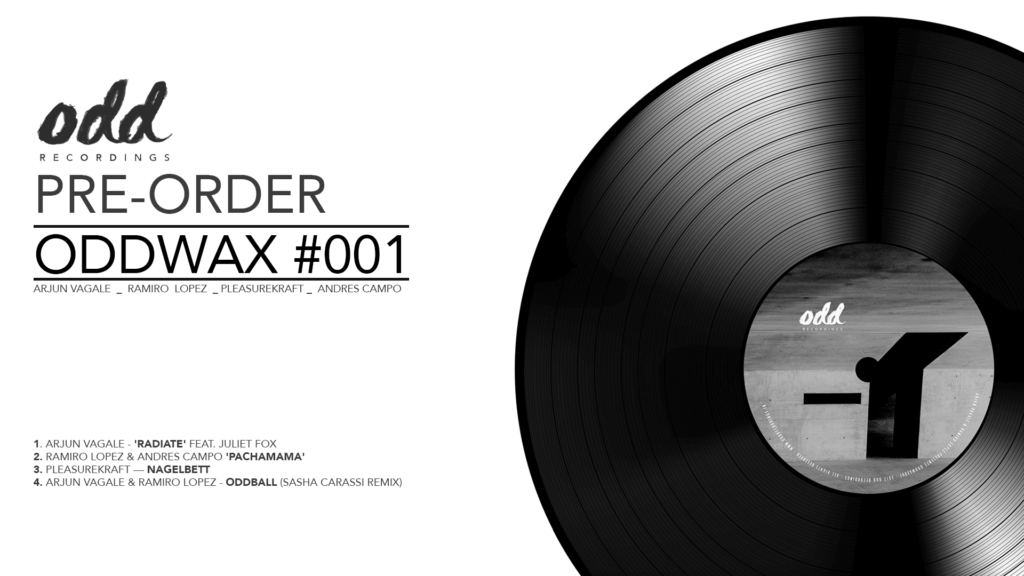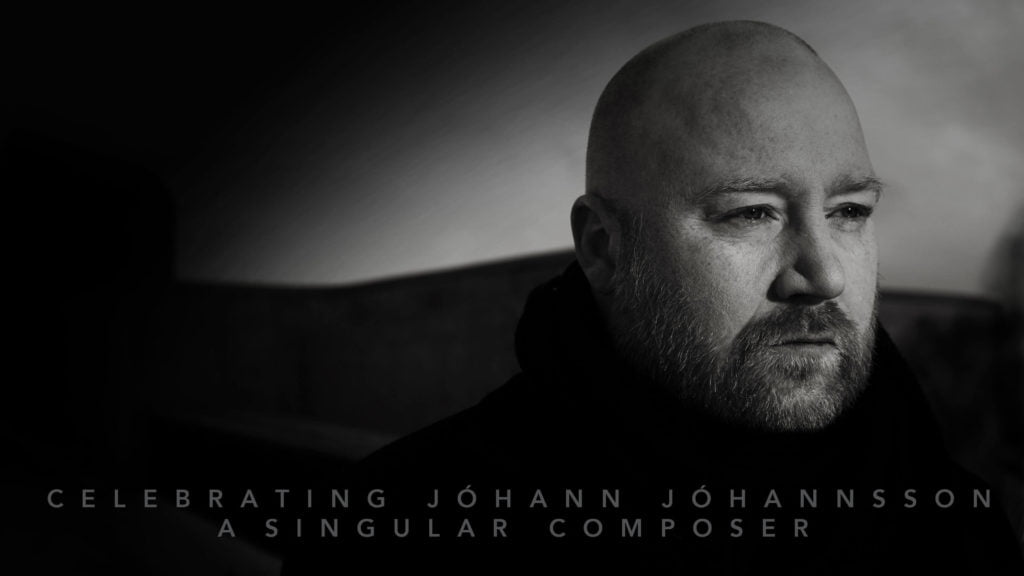For vinyl in general, the numbers have been increasing manifold around the world. In both Europe and the US, vinyl is still a big way to release albums. In India, though there has been a revival in interest, it is still limited to a third-generation phenomenon.
A five-minute walk from Gurgaon’s Huda City Centre metro station, on the first floor of the Sushant Lok shopping arcade, crowded between mini-businesses and halfway shops, a room no bigger than half a cricket pitch stands out for its peculiar innards. Beyond the sound-proof exteriors, on the inside, a Rajasthani folk song, in the messianic voice of Lakha Khan, is ushering in the revival of a lost musical tradition. This is the workshop of Amarrass Records, the indie label founded by childhood friends Ashutosh Sharma and Ankur Malhotra. The song we are listening to is being played on a vinyl record, cut and made in India.
Learning how to do it
To enable the making of vinyl in-house (something that hasn’t happened in India since the 80s), the duo travelled to Germany, from where they imported the raw material as well. The machine that is used to cut the record now sits in their workshop, where they began production about a month ago. But the process isn’t as straightforward as installing an editing software. “We trained first. From running the equipment to monitoring grooves that are being laid in, we had to learn all of it. We spoiled a lot of records to begin with. But now we have a better understanding, and can decide by simply looking at a record, if it has been done right,” Ashutosh says.
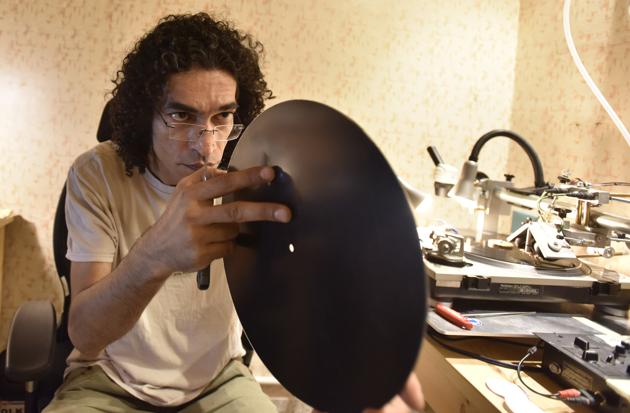
At no stage in the process of making a vinyl record, can the human involvement be forgone. From laying a nascent disc on the machine, to monitoring temperatures on a handy meter and the grooves as they are being inscribed from the sound source, to the post-write checks that involve viewing the disc’s surface with a photographic microscope, the whole process is as much human input as it is the machine’s nuts and bolts. Which begs the question, why vinyl?
What vinyl does better
“Firstly, the analog sound is much better than the digital. Digitally engineered MP3s are an approximation. Analog is just natural, more organic. The song you were hearing from Lakha Khan was recorded on a mobile device, in his home, as his son played an instrument in a corner of the room.
Read More: Hindustan Times

